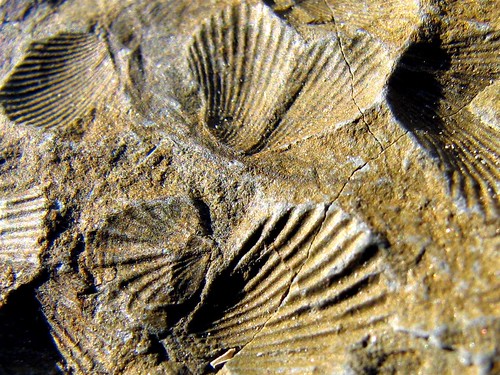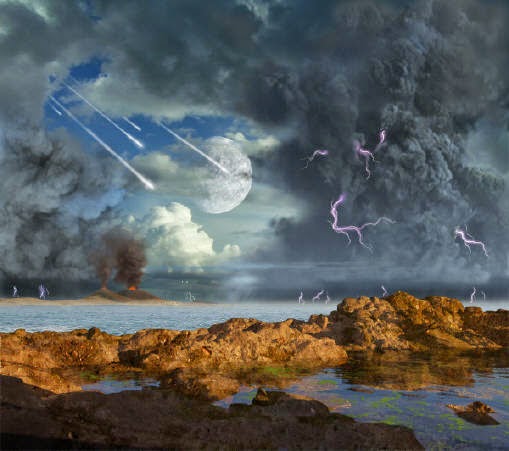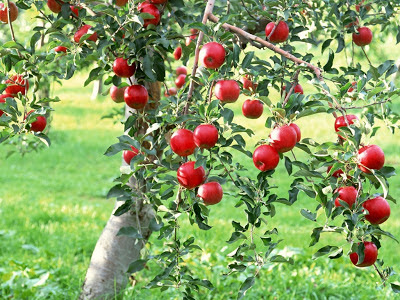Fossils

Bryozoan
Bryozoan
These fossils, also called moss-animals,
were the apartment builders of the ocean floor.
Even though moss-animals look like twigs or
coral, they were really several tiny animals
which built houses around themselves.
were the apartment builders of the ocean floor.
Even though moss-animals look like twigs or
coral, they were really several tiny animals
which built houses around themselves.
Pinegreenwoods Montessori
Montessori Geology
















